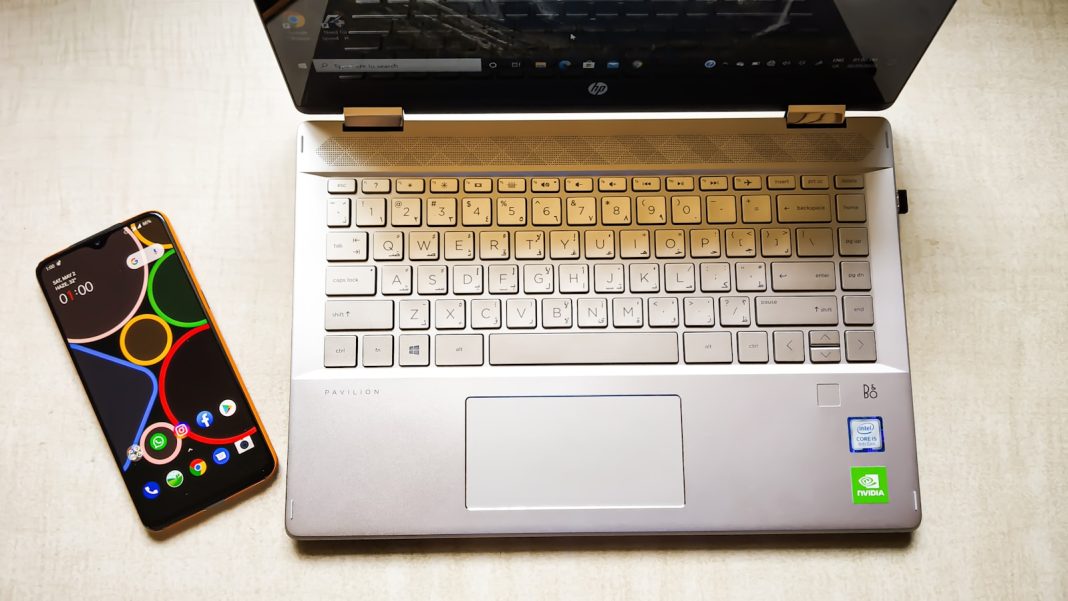Installing a new SSD should typically be a straightforward process, but users may sometimes face the frustrating issue of their SSD not being detected by their PC. This problem can be particularly concerning if the SSD is intended to be the primary boot drive for Windows. Thankfully, this issue is relatively common and can often be resolved through a series of systematic troubleshooting steps.
Verify Proper Installation
It’s easy to overlook minor installation details, but ensuring that your SSD is properly installed is crucial. Here’s what to check:
- SATA SSDs: For SATA SSDs, ensure that the SATA cable is securely connected to both the drive and the motherboard. Additionally, confirm that the SSD is receiving power from the power supply via the SATA power connector. If in doubt, disconnect and reconnect the cables to ensure a firm connection.
- NVMe SSDs: When installing an NVMe SSD, ensure that it is inserted into the correct M.2 slot. While older PCI Express generations are generally compatible with newer drives, they may operate at reduced speeds. Try installing the SSD in a different slot if possible, and verify the drive’s compatibility with your motherboard.
Check BIOS/UEFI Settings
Your PC’s BIOS or UEFI settings may not be configured to detect the new SSD. To address this:
- Access BIOS/UEFI: Restart your computer and enter the BIOS/UEFI settings. This is typically done by pressing a designated key during start up, such as F2 or Del. Consult your motherboard’s manual or manufacturer’s website if you are unsure which key to use.
- Storage Configuration: Within the BIOS/UEFI menu, locate the storage configuration settings. This can vary significantly between different BIOS versions, so refer to your manual for guidance. Ensure that the SATA configuration is set to AHCI mode if you’re using an older SATA SSD. For some systems, switching to IDE or Compatibility mode might resolve detection issues.
- Enable SATA Ports: On older motherboards, certain SATA ports may need to be enabled manually. Verify that the relevant ports are active in the BIOS/UEFI settings.
Initialise the Drive
A new SSD may not appear in Windows until it is initialised. To initialise the drive:
- Open Disk Management: Press Windows Key + X and select ‘Disk Management’ from the menu.
- Locate and Initialise: Find your new SSD in the list of drives. It will usually appear with a black bar indicating unallocated space. Right-click on the drive and select ‘Initialise Disk’. Choose between MBR (Master Boot Record) and GPT (GUID Partition Table). GPT is generally recommended unless there is a specific need for MBR.
- Create a Volume: After initialisation, right-click the unallocated space on the SSD, select ‘New Simple Volume’, and follow the prompts to create a volume. This process will prepare the drive for use.
Assign a Drive Letter
If your SSD does not have a drive letter assigned, it may not appear in Windows Explorer:
- Access Disk Management: As before, press Windows Key + X and select ‘Disk Management’.
- Change Drive Letter: Right-click the SSD, select ‘Change Drive Letter and Paths’. If a letter is already assigned, you can change it; otherwise, select ‘Add’ to assign a new letter. Choose an available letter from the dropdown menu and click OK.
- Reboot: After making these changes, restart your PC to see if the SSD is now recognised.
Format the Drive
If the above steps don’t resolve the issue, formatting the SSD might be necessary:
- Open Disk Management: Again, access Disk Management via Windows Key + X.
- Format the Drive: Right-click the SSD and select ‘Format’. Choose the NTFS file system, unless you have a specific reason to select a different one. Opt for a ‘Quick Format’ and confirm by clicking OK.
- Reboot: Allow the formatting process to complete, then restart your computer to check if the SSD is detected.
SSD Detected in BIOS but Not in Windows
If your SSD is visible in the BIOS but not in Windows, the issue might be related to system configuration:
- Check Controller Modes: Ensure that the controller modes (e.g., RAID, AHCI) are properly set in the BIOS.
- Prepare the Drive: Use the Disk Management tool in Windows to configure the drive. This might involve creating new partitions or volumes.
- Verify Connection: Ensure that the SSD is properly connected to the motherboard’s SATA board or M.2 slot.
Diagnosing a Potentially Failing SSD
If you suspect that the SSD might be failing, look for signs such as:
- Performance Issues: Sluggish read and write speeds or slow system performance can indicate drive problems.
- Application and Boot Slowdowns: Noticeable delays in launching applications or booting the operating system may also suggest SSD issues.
Reputable SSD Manufacturers
When purchasing a new SSD, consider well-regarded brands such as Samsung, PNY, Western Digital, and Crucial, known for their reliability and performance.
Encountering issues with a new SSD can be frustrating, but the problem is often resolvable through methodical troubleshooting. By verifying proper installation, checking BIOS settings, initialising and formatting the drive, and ensuring correct drive letter assignments, users can typically resolve detection issues. If problems persist, it may indicate a hardware fault, and trying a different SSD or seeking professional repair may be necessary. As technology advances, staying informed about the latest solutions and ensuring compatibility with your system will help prevent similar issues in the future.


